Get the best fish food rich in nutrients to meet your pet’s dietary and health needs. Know the difference between the types of fish foods and their benefits.
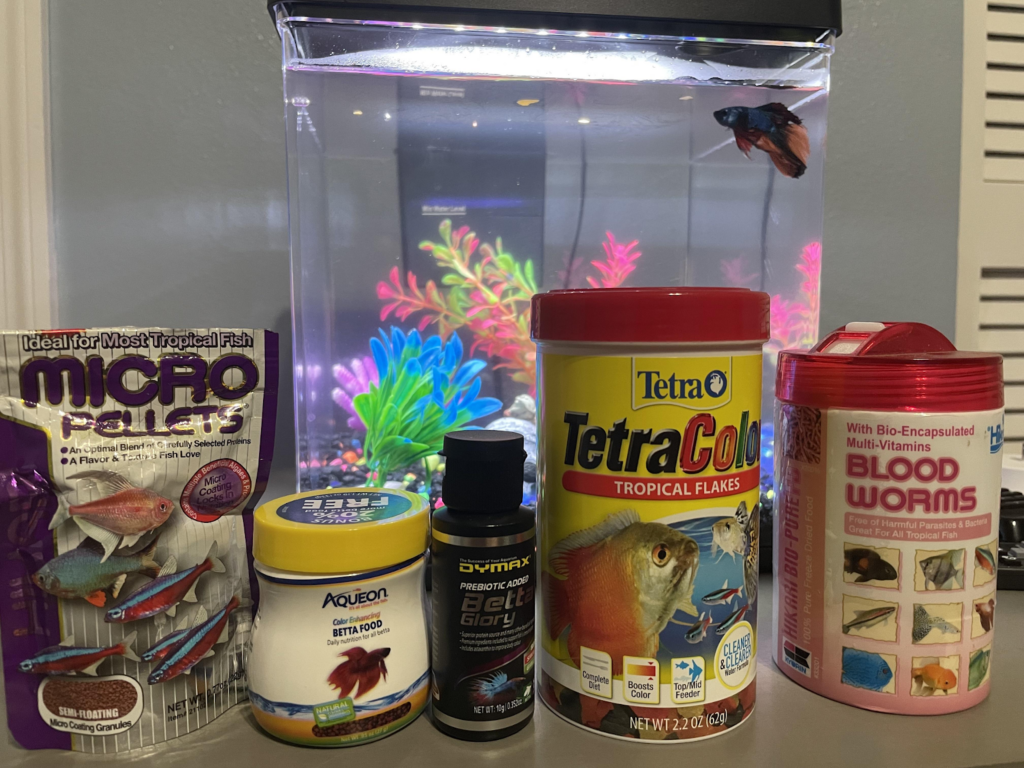
Pros and Cons and Which Fish Food to Feed What Kind of Fish
Are you a fishkeeper worried about your pet’s nutrition and health? Have you seen care guides telling you to stick to a certain fish diet but aren’t sure if it’s suitable for your fish? Then, you’re in the right place for answers.
There are frozen foods, dried foods, commercially made foods like pellets and flakes, and natural live foods. Each kind serves a different purpose in your pet’s overall health.
You must only feed your fish appropriate meals based on their species as explained later in this fish-feeding guide. This ensures they get all the benefits of fish food, including a balanced diet for healthy scales, growth, and breeding. However, fish food diets have a few drawbacks, such as water pollution and potential spoilage.
This guide weighed the pros and cons of all fish food types to give you the best option for feeding your pet fish. But for a quick overview of our top fish food choices checkout this table below:
| Fish Food listing | Type of Fish Food | Best For (Examples) |
| Omega One Super Color Flakes | Fish Flakes | Tetras, Guppies, Mollies, Platies, Zebra Danios, Swordtail, Barbs, and Angels |
| API Tropical Sinking Pellets | Fish Pellets | Cichlid, Goldfish, Betta Fish, Catfish, Angelfish, Oscar, and Koi |
| Tetra Freeze-Dried Food BloodWorms | Freeze-Dried Fish Foods | Tetras, Guppies , Bettas, Gourami, Discus, Arowana, and Pufferfish |
| Frozen Brime Shrimp Cubes | Frozen Fish Foods | Bettas, Cichlids, Catfish, Goldfish, Discus, Angelfish, and Saltwater Fish |
| Instant Baby Brine Shrimp | Live Fish Foods | Arowanas, Betta Fish, Discus, Puffer Fish, Cichlids, Oscars, and Angelfish |
| Tetra PRO PlecoWafers | Sinking wafers | Pleco, Corydoras, Loaches, Aquatic Snails, Plecos, Catfish, and Shrimps |
| API General Cure Fish Powder Medication | Medicated Fish Foods | Sick or Recovering Fish, Fish in Quarantine, and Fish with Specific Illnesses |
Understanding Fish Nutrition
Before I start dissecting the benefits and drawbacks of fish food, I’ll lay a foundation for understanding fish nutrition. What nutrients do your pets need for healthy living, and what’s their purpose?
Firstly, I must warn you that all fish have no uniform dietary needs. Instead, each unique species has specific needs at different stages of its life. They can get these essential fish nutrients from different types of food, so all you need to do is learn about their purposes.
Protein
Protein provides amino acids for strong muscle development and tissue repair, producing enzymes, fast and healthy metabolism, and overall bodily functions. If your fish struggles with swimming or its injuries aren’t healing fast or well enough, it’s likely lacking protein.
Carbohydrates (Optional)
Only feed small quantities of carbs to your fish because it can lead to bloating and obesity, even though it’s a good energy source. Use alternative energy nutrients like Protein and Lipids for a healthier diet. You can make carb food occasional treats for your pets.
Fats
Your fish gets energy from lipids, which maintain their internal cells, while fatty acids like Omega-3 and Omega-6 break down the lipids into fats for functional cells.
Minerals
General fish body development, such as bone formation and fin growth, needs minerals and trace elements. Feed your fish food with magnesium, phosphorus, potassium, and calcium for strong bones, while copper, iron, selenium, and zinc build strong fins and tails for swimming.
Vitamins
Vitamin A boosts immunity and strengthens fish vision. Vitamin D provides calcium for sturdy bones, while the B-complex ensures a functional nervous system. Vitamins C and E are great antioxidants due to their carotenoid composition. They reduce stress during oxidation and protect your pet’s cells.
All these nutrients make a balanced fish diet that you can create by mixing different types of food or serving commercially made fish food.
Types of Fish Food
Fish enthusiasts like us categorize fish food based on their form, composition, and intended use. For form, it can be live fish food, frozen fish food, or freeze-dried fish food.
For composition, it may be commercially made fish flakes, pellets, or Wafers, whether it’s algae or sinking, and for usage, it may be for general health or medication.
I weigh each food type’s pros and cons and then give examples of species you can feed with them.
Pros and Cons of Fish Flakes

Fish flakes are commercially produced food containing all essential fish nutrients, including vitamins, minerals, proteins from shrimp meal, and vegetables from algae meal. They are lightweight, making it easy to feed large quantities of fish at once.
We recommend these Omega One Super Color Flakes!
Pros of Fish Flakes
- Convenience: Most fish flake brands compose their food with all essential nutrients, so you needn’t worry about having the right proportions for healthy feeding. It’s the perfect option for beginners.
- Easy to Store: Fish flakes come in commercial packages made for storage in dry areas. You can buy a large bag and feed your fish in small quantities while securing the rest of the dried flakes.
- Suitable for Small and Medium-Sized Fish: Because fish flakes float on water, it’s easy for surface-loving small and medium-sized fish to swim upwards and feed.
Cons of Flakes
- Quick Loss of Nutritional Value: Unfortunately, keeping a fish flake bag for longer than two weeks may cause it to lose its nutritional value. Air enters the bag, and the flakes become flat in taste and nutrients.
- Water Pollution: Floating Fish Flakes left uneaten will turn into poisonous ammonia waste if not removed from the water.
Fish Suitable for Flakes
Here’s a short list of fish that eat flakes.
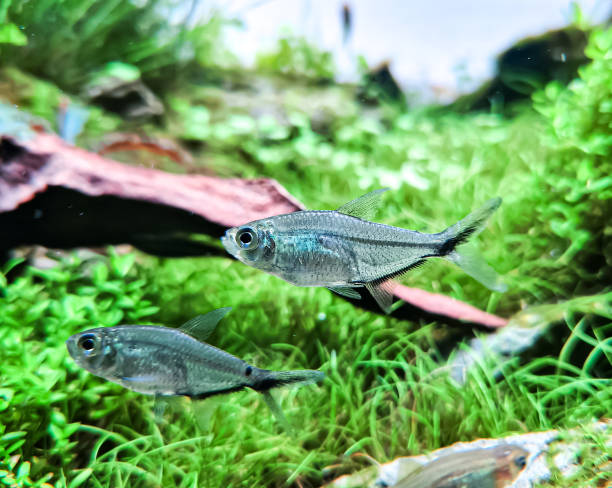
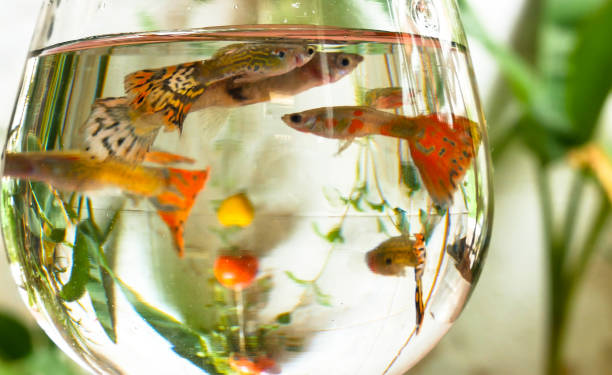
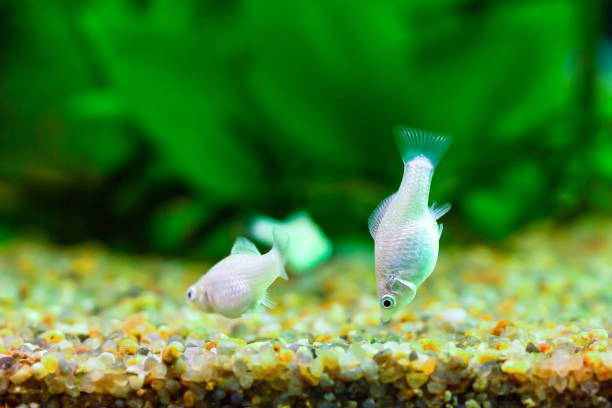

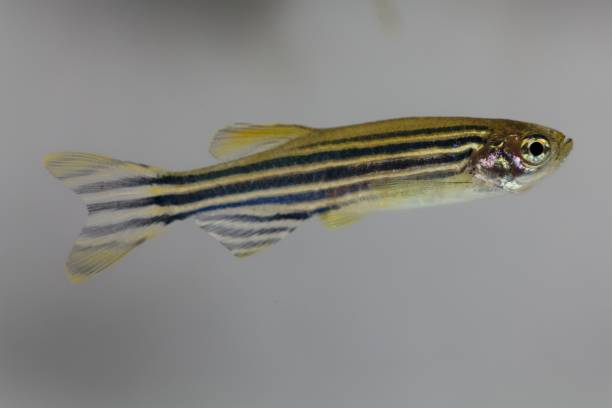
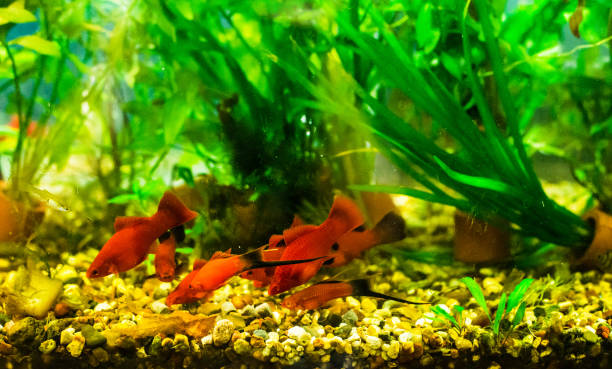
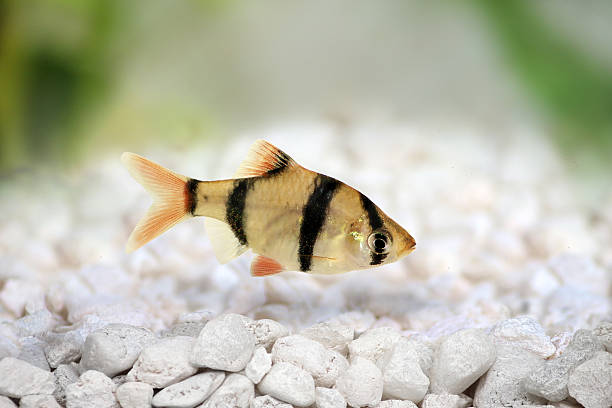
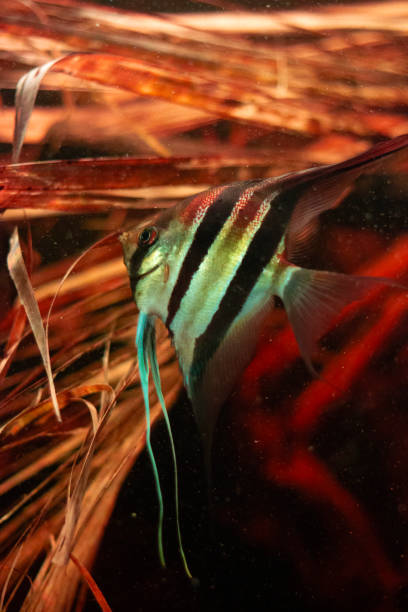
Pros and Cons of Fish Pellets
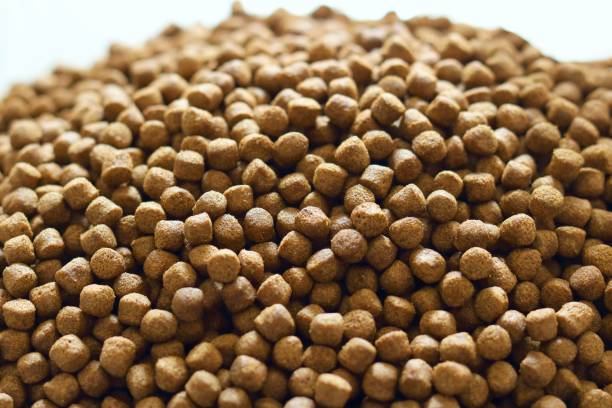
Fish Pellets are another commercially made fish food. They’re made by blending grains with fish meal, minerals, and vitamins. Unlike flakes, which are flat and shredded, pellet food for fish comes in different sizes, from small to large.
Because of their size ranges, fish pellets can sink or float. When they’re small, they float like flakes, but larger sizes sink to the bottom. This quality makes fish pellets the most versatile commercial food option since you can use the small ones for medium—to small-sized fish and the large pellets for bigger fish.
We recommend these API Tropical Sinking Pellets!
Pros of Fish Pellets
- High Nutritional Content: Fish pellets are always rich in nutritional content because they’re made from a combination of essential fish food.
- Long Shelf Life: Unlike flakes, pellets last longer in storage because there’s less chance of air penetrating their composition.
- Available in Various Sizes: There’s no size restriction when feeding fish with pellets. You can match each fish species to a sizable pellet.
Cons of Fish Pellets
- Too Large for Small Fish: Sadly, even the smallest pellets may be too big for a small fish. It won’t digest the food unless you crush it, which can prove difficult or stressful.
- May Swell and Cause Bloating: Fish are prone to overfeeding if you don’t control their pellet portions. Consequently, your pets may swell or get bloated from eating this food.
Fish Suitable or Pellets
Some fish that eat pellets include:
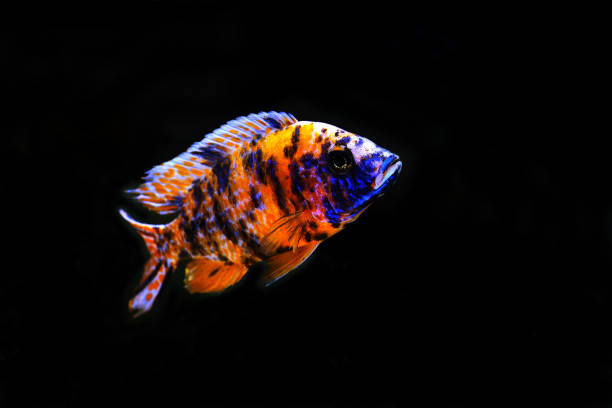
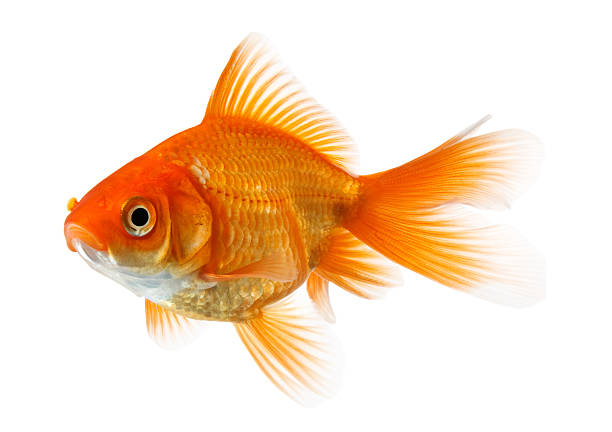

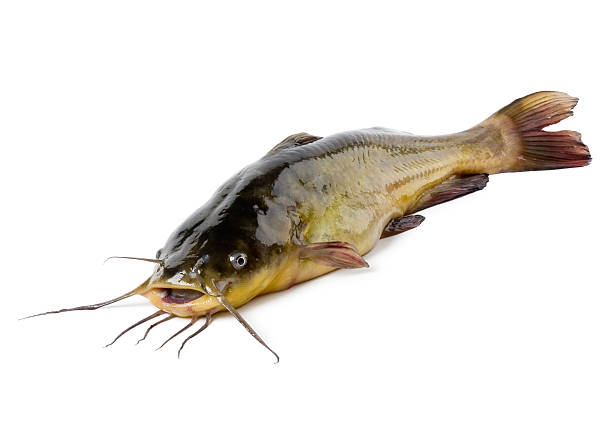
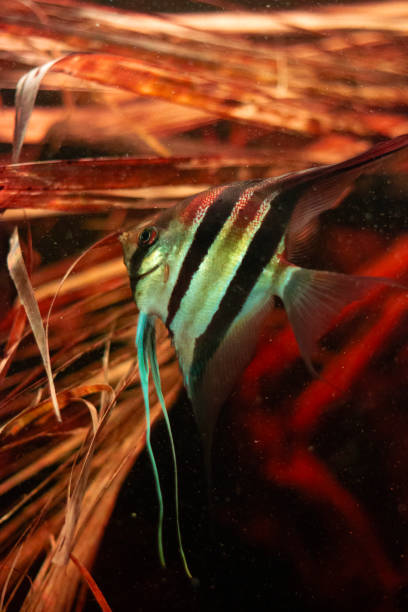

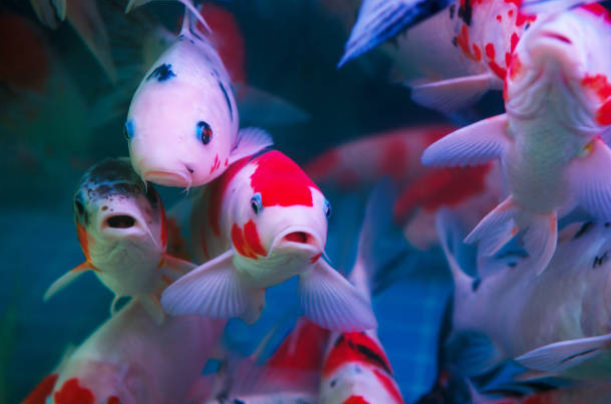
Pros and Cons of Freeze-Dried Fish Food
Freeze-dried fish food is made by using preservatives on live food to keep its nutrients and make storage easier.
We recommend these Tetra Freeze-Dried Food BloodWorms!
Pros of Freeze-Dried Food
- Retains Nutrients: You won’t worry about losing essential nutrients with freeze-dried fish food because the preservatives keep them intact.
- Long Shelf Life: Freeze-dried fish food comes in a lightweight package. You can store it in a dry place until it’s time for feeding when you rehydrate a portion while keeping the rest dried in storage.
- Easy to Store: The lightweight packaging and preserving method makes freeze-dried fish food easy to store.
Cons
- Expensive: Preserving live food in this manner is not cheap, so get ready to spend some dollars!
- May need to be Rehydrated: Most freeze-dried fish food needs to be rehydrated before it can be fed to pets. If you don’t have the means, it’s a waste.
- Potential Digestive Issues: If not properly prepared, it can cause digestive issues. So, ensure you know how to rehydrate this food type before adding it to your fish diet.
Fish Suitable for Freeze-Dried Food
Fish that eat Freeze-dried food include:
Tetras, Guppies , Bettas, and
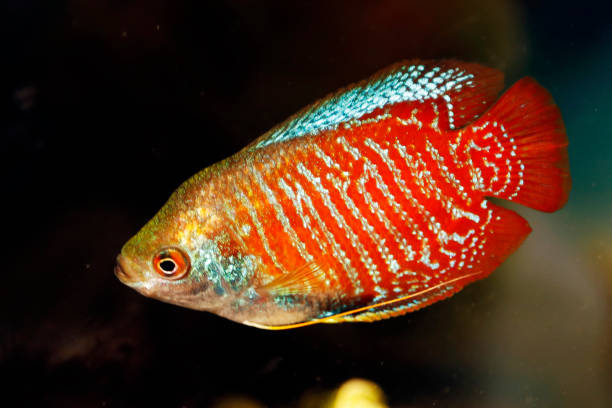
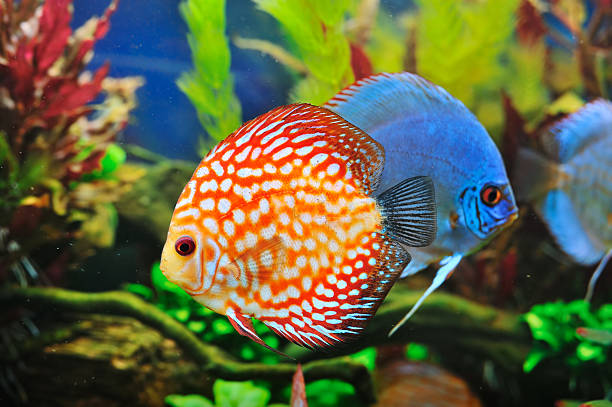
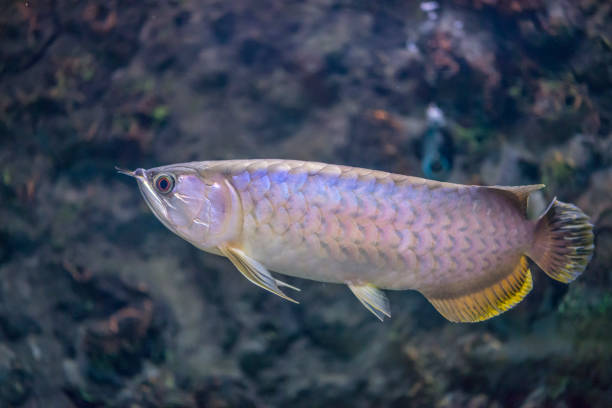
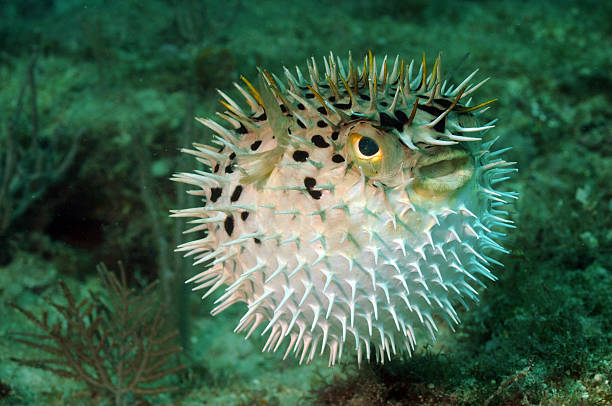
Pros and Cons of Frozen Fish Food
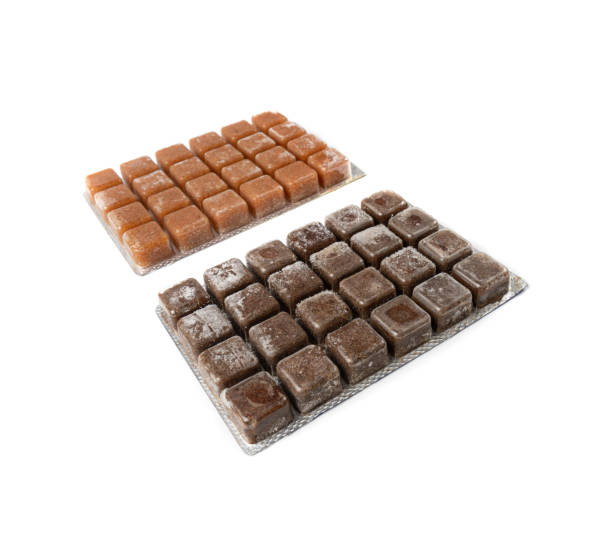
The difference between Frozen fish food and freeze-dried food is hydration. Unlike the latter, frozen fish food needs to thaw before you serve them. They’re typically live food stored in whole or chopped frozen pieces.
We recommend these Frozen Brime Shrimp Cubes!
Pros of Frozen Fish Food
- High Nutritional Value: Frozen fish foods retain their natural nutrients, making them one of the most nutritious types.
- Mimics Natural Diet: It’s as close as you can get to your fish’s diet from its natural habitat, besides giving it live food.
- Good for Finicky Eaters: This meal is perfect for carnivores and omnivores.
Cons of Frozen Fish Food
- Requires Freezer Storage: You need a high-quality freezer and constant power supply to keep this food type.
- More Preparation Time: You’ll spend time thawing the frozen fish food.
- Can be Costly: Maintaining a freezer and food heater is costly. So, this option isn’t for budget aquarium owners.
Fish Suitable for Frozen Food
Fish that eat frozen food include Bettas, Cichlids, Catfish, Goldfish, Discus, Angelfish, and Saltwater Fish.
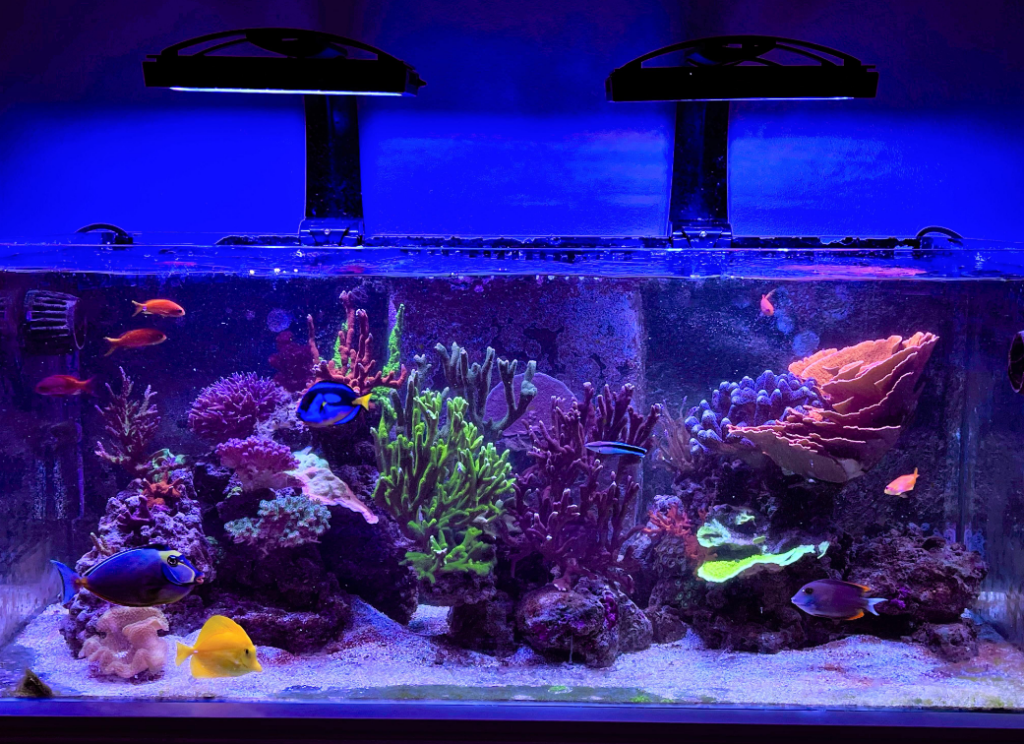
Pros and Cons of Live Fish Food

You can feed your pet fish with natural live organisms, including brine shrimp, blackworms, bloodworms, daphnia, and other feeder fish. Because they’re live food, you need to carefully culture them through special breeding.
We recommend these Instant Baby Brine Shrimp!
Pros of Live Fish Food
- High Nutritional Value: Live food without preservatives is the most nutritional diet for your fish.
- Encourages Natural Hunting Behavior: Live fish food is perfect for predatory fish living in ponds or aquariums. It stimulates their natural hunting instinct and ensures they grow normally.
- Variety of Options: Unlike commercial food, live food offers a variety. You can choose which organism your fish will eat at any time.
Cons of Live Fish Food
- Requires Storage and Care: Unless you want to visit the market every day, you must create adequate storage for your live fish food and dedicate time to caring for them.
- It May Be Difficult to Source: If you don’t personally breed live fish food, it may be difficult to source high-quality organisms.
Fish Suitable for Live Food
Fish that eat live food:
- Arowanas
- Betta Fish
- Discus
- Puffer Fish
- Cichlids
- Oscars
- Angelfish
Pros and Cons of Medicated Fish Food
When your fish has a health problem, it’s time to replace a balanced diet with medicated fish food, and sometimes you shouldn’t wait until there’s a crisis to feed them this diet.
Before introducing medicated fish food into their diet, you must first get a diagnosis from a certified fish vet. You can get a prescription or follow the instructions on the pack of O.T.C. meds.
Medicated fish food helps prevent and treat common health diseases. Depending on the medication type, it could be an antibiotic, antifungal, anthelmintic, or antiparasitic food.
- Antibiotic Fish Food: Antibiotics work against bacterial infections and diseases like fin rot caused by unhealed wounds.
- Antifungal Fish Food: Antifungals treat fungal infections affecting any part of your fish’s body.
- Anthelmintic Fish Food: Deworm your fish of roundworms and tapeworms with anthelmintic fish food.
- Antiparasitic Fish Food: Fight internal worms like nematodes and flagellates with antiparasitic fish food.
Notes for feeding medicated fish food: Remove your fish from the community tank during medication so it doesn’t affect healthy fish.
We recommend these API General Cure Fish Powder Medication as antiparasitic fish food.
Pros of Medicated Fish Food
- Helps Treat and Prevent Diseases: Medicated fish food can be preventive and restorative.
- Can be Targeted for Specific Conditions: You can deal with specific health issues based on diagnosis.
- Easy to Administer: They’re easy to administer as they often come in liquid or dried form. You’d then mix it into your fish’s normal food, like dried flakes, pellets, or live food. Follow the dosage as instructed on the pack.
Cons of Medicated Fish Food
- Overuse Leads to Resistance: Overly relying on medicated fish food strengthens the disease-causing agents in the fish against the medication. The fish become resistant, and you’ll need a stronger form of treatment to battle the illness next time.
- Not Suitable for All Fish: Some fish’s immune systems and internal organs can’t handle strong medication. They may need external treatments or interventions instead of oral medications.
- Potential for Side Effects: The chemicals used to form medicated fish food can become harmful in the long run. So, always check reviews for side effects before settling on a medication.
Fish Suitable for Medicated Fish Food
You can feed the following classes of fish medicated fish food:
- Sick or Recovering Fish
- Fish in Quarantine
- Fish with Specific Illnesses
Pros and Cons of Sinking Wafers

If you want your fish food to sink for bottom dwellers, I recommend getting sinking wafers. They’re made with high density despite their compact sizes to ensure they get to the substrate and stay down long enough for your fish to feed.
We recommend these Tetra PRO PlecoWafers!
Pros of Sinking Wafers
- Ideal for Bottom Feeders: No worries about feeding your bottom-dwelling organisms like snails and catfishes.
- High Nutritional Value: Sinking wafers are made of different types of food that form a balanced diet for high nutritional value.
- Reduces Competition for Food: Since the wafers sink to the substrate, your bottom feeders need not struggle for food. They can all scavenge peacefully.
Cons of Sinking Wafers
- Can Lead to Overfeeding: Because the food settles in the substrate, you risk overfeeding your fish.
- May Cause Water Quality Issues: Excess sinking wafers are difficult to clean because you have to dig inside your substrate. Unfortunately, failure to properly dispose of waste will lead to water contamination.
Fish Suitable for Sinking Wafers
Bottom feeders that eat sinking wafers are:

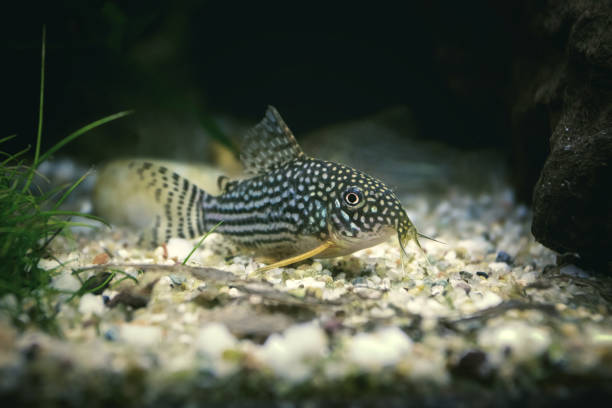
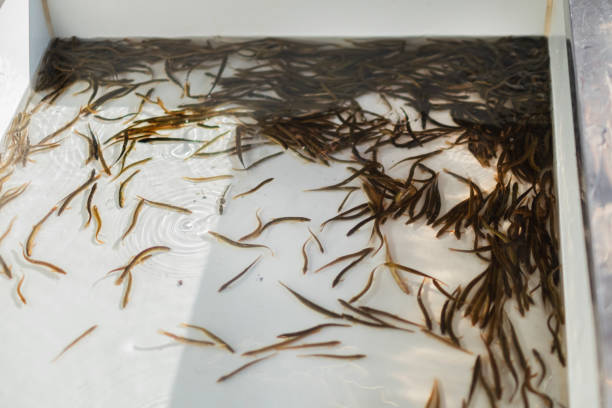
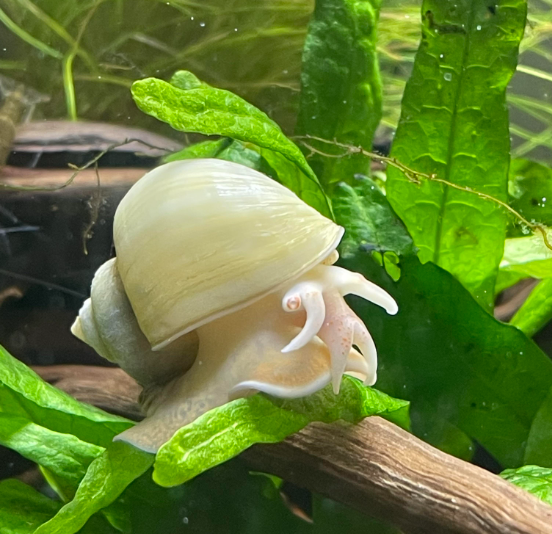
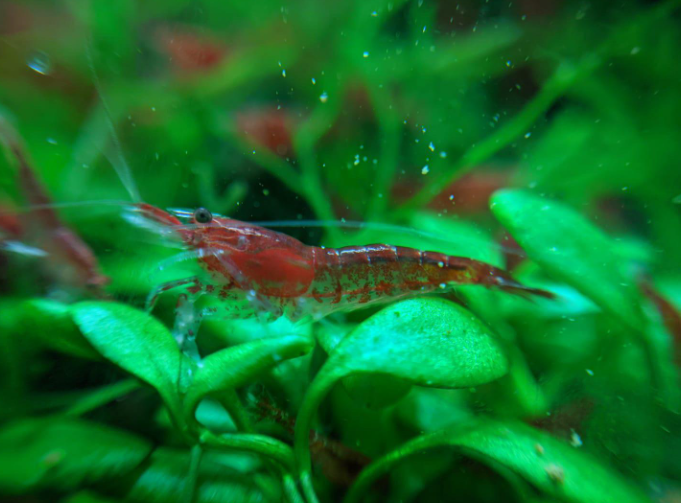
Pros and Cons of Algae Wafers

Algae wafers for fish are made perfect for bottom-dwelling herbivores because they’re made from vegetable matter like algae and spirulina. They also sink to the bottom like sinking wafers.
We recommend these Tetra PRO PlecoWafers!
Pros of Algae Wafers
- Good for Algae-Eating Fish: Natural algae eaters get their nutritional needs without polluting the water with growth.
- Easy to Use: You can easily introduce this food into your aquarium or pond without any special preparation.
- Long Shelf Life: You can buy algae wafers in bulk without fear of them going stale or losing their nutritional value.
Cons of Algae Wafers
- Can Contribute to Water Pollution: Too many algae wafers can lead to waste, which causes ammonia poisoning in the nitrogen cycle.
- Limited to Certain Fish Species: Only herbivorous and omnivorous fish would enjoy this meal. If you have predatory carnivorous fish in your community, this isn’t the food for them.
Fish Suitable for Algae Wafers
Fish that eat algae wafers include:
- Plecos
- Catfish
- Goldfish
- Shrimp
- Snails
Matching Fish Food to Specific Fish Species
When matching fish food to specific species, consider their dietary needs, feeding habits, and nutritional needs. Ask these three questions — What food type do they eat? Where do they eat? What nutrients do they need for healthy growth?
You can use this guide as your foundation for creating a species-specific fish diet.
Check out these fish food recommendations based on the food types above.
- Carnivores – Frozen Food, Live Food
- Herbivores – Algae, Vegetables
- Omnivores – Flakes, Pellets, Freeze-Dried Food, Frozen Food, Vegetables and Live Food.
Tips for Feeding Fish
One last thing before I end this fish food review — Learn how to feed your fish. You can’t afford to give your pets every food you have in store. Instead, learn fish portion control. Only feed them quantities they can consume in under three minutes.
There’s no single pattern for fish feeding frequency. Some fish need more food than others, so they can eat three times daily instead of twice. The trick is to feed active fish more times than fancy fish since they burn more calories faster.
I hope these fish-feeding tips will be useful in breeding a healthy school for both beginners and experienced aquarium enthusiasts.
Conclusion
Parting with you is bittersweet. I’m sad to say goodbye but excited to see what you do with the tips on choosing fish food and how it improves your pond, aquarium, or community tank.
I can’t overemphasize the benefit of choosing the right type of fish food or fish diet importance and the drawbacks of feeding your pets the wrong meal. If you get lost, go back to the beginning and see the different types of fish food and their pros and cons.
Don’t forget my fish health tips through feeding, like portion control and using medicated food.


